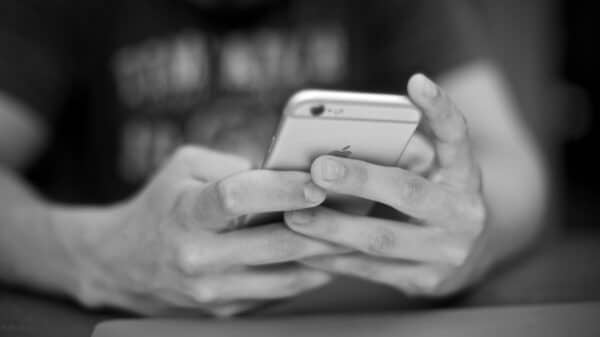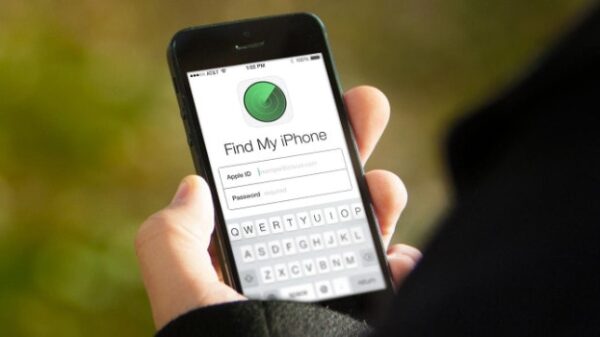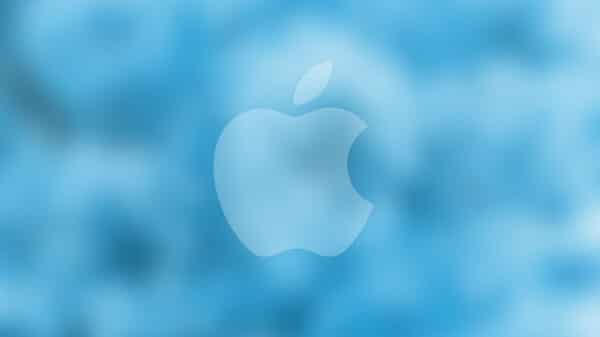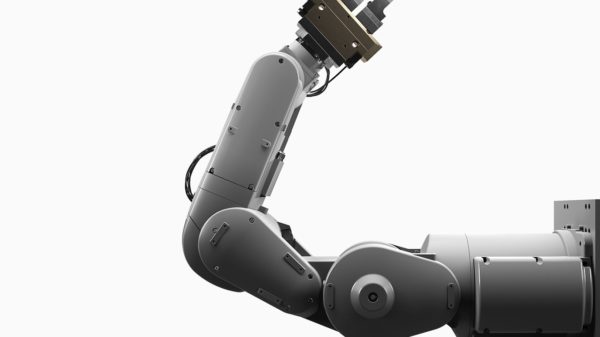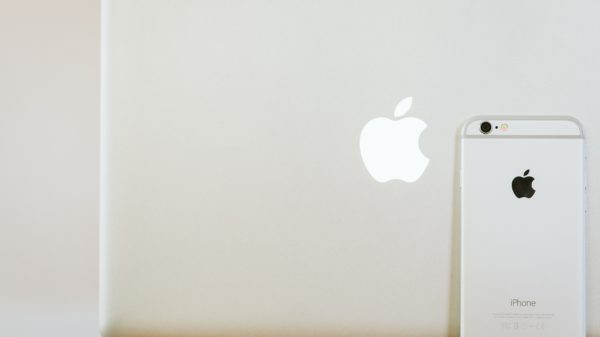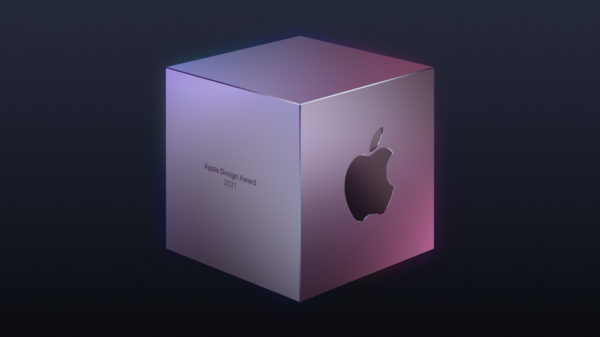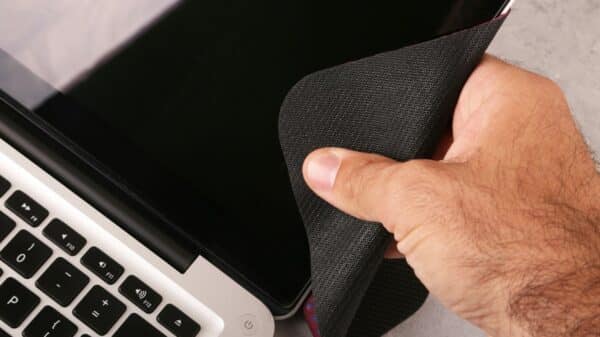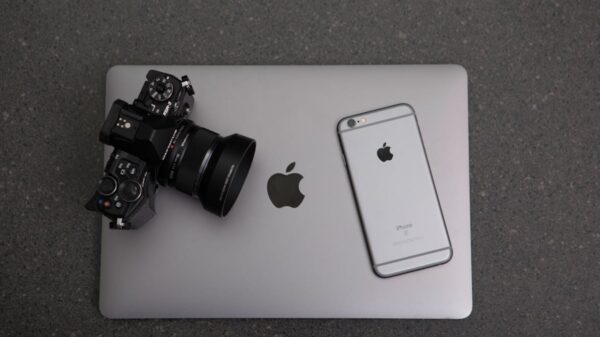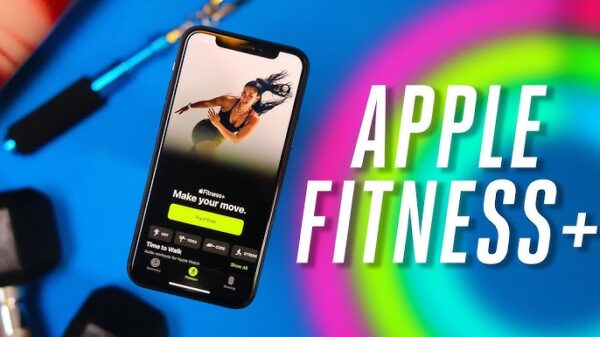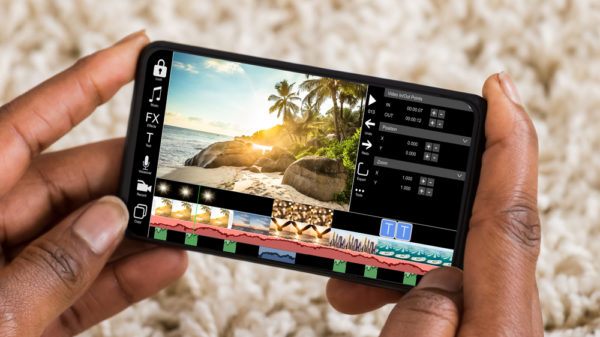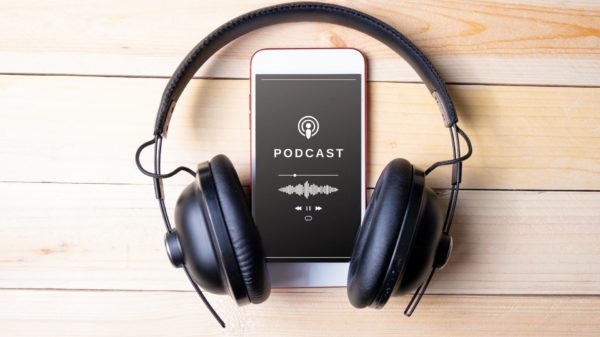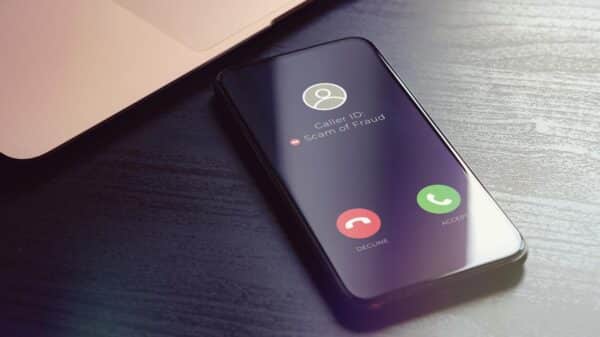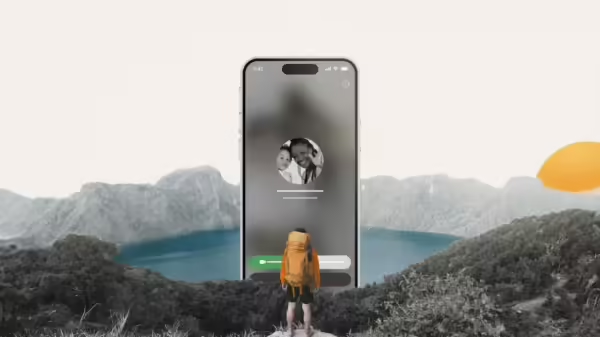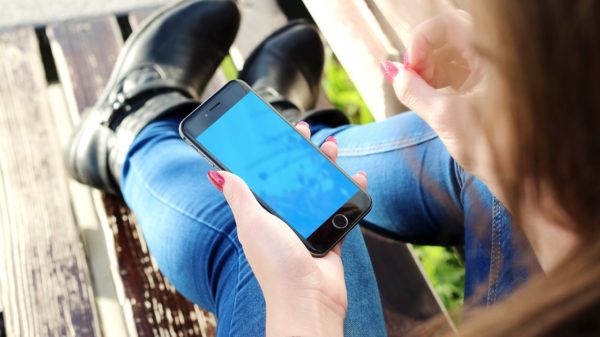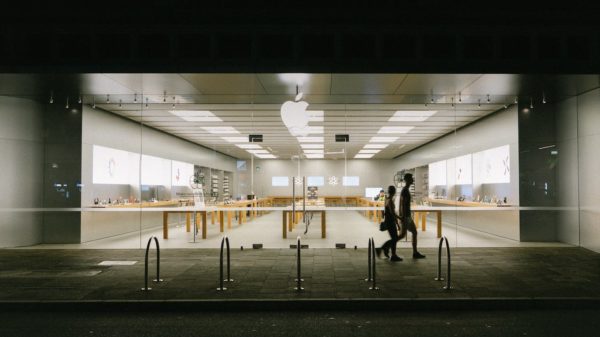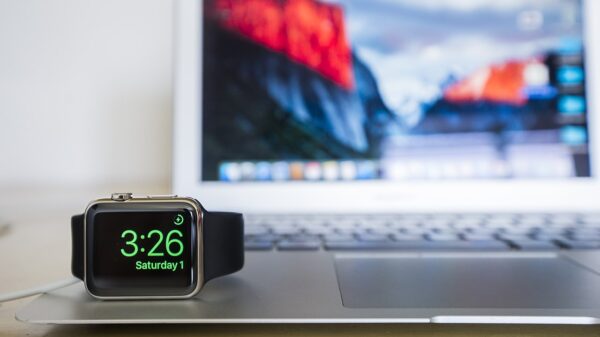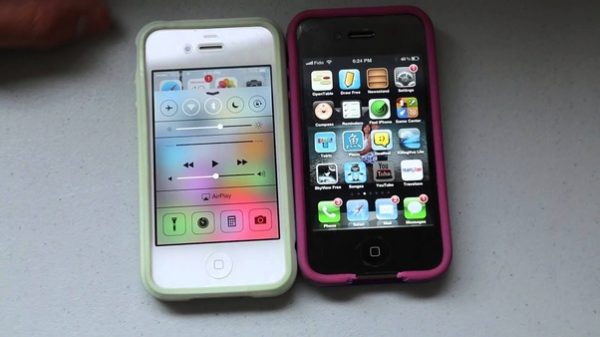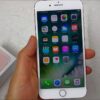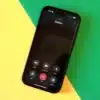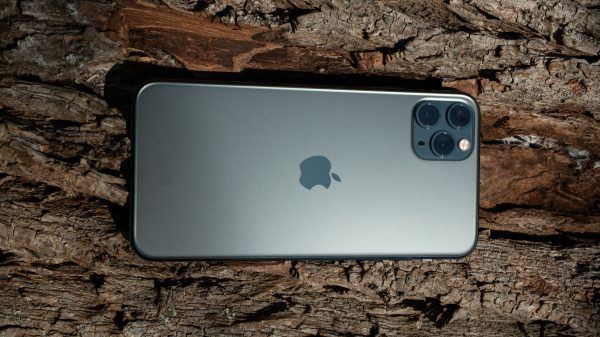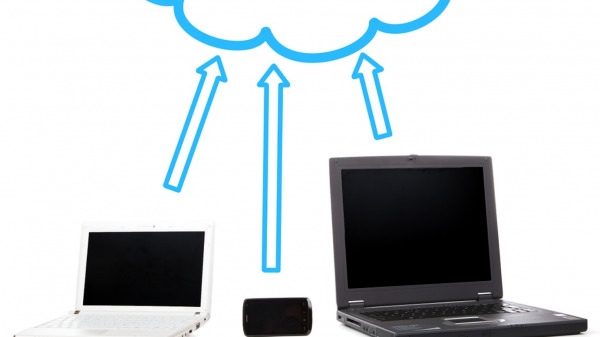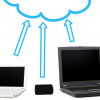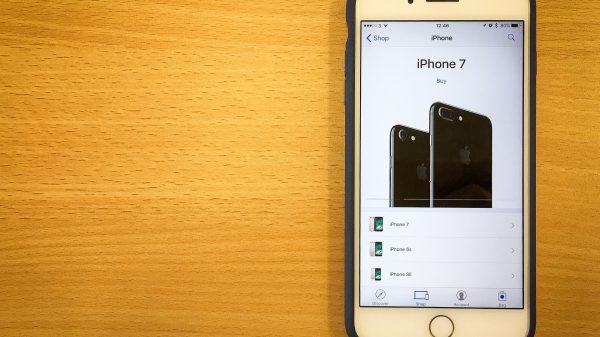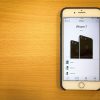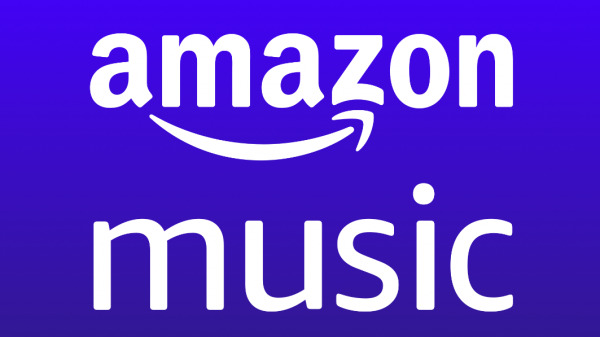Transferring from a Samsung to an iPhone device could be quite an adventure. It’s a journey of discovery, exploring a different tech terrain dominated by Apple’s philosophy of design and functionality. More often than not, new iPhone users, previously using Samsung, may find the transition a little challenging because both phone brands sport different operating systems with unique individual features. This is why it’s crucial to comprehend the differences and nuances associated with these two industry titans.
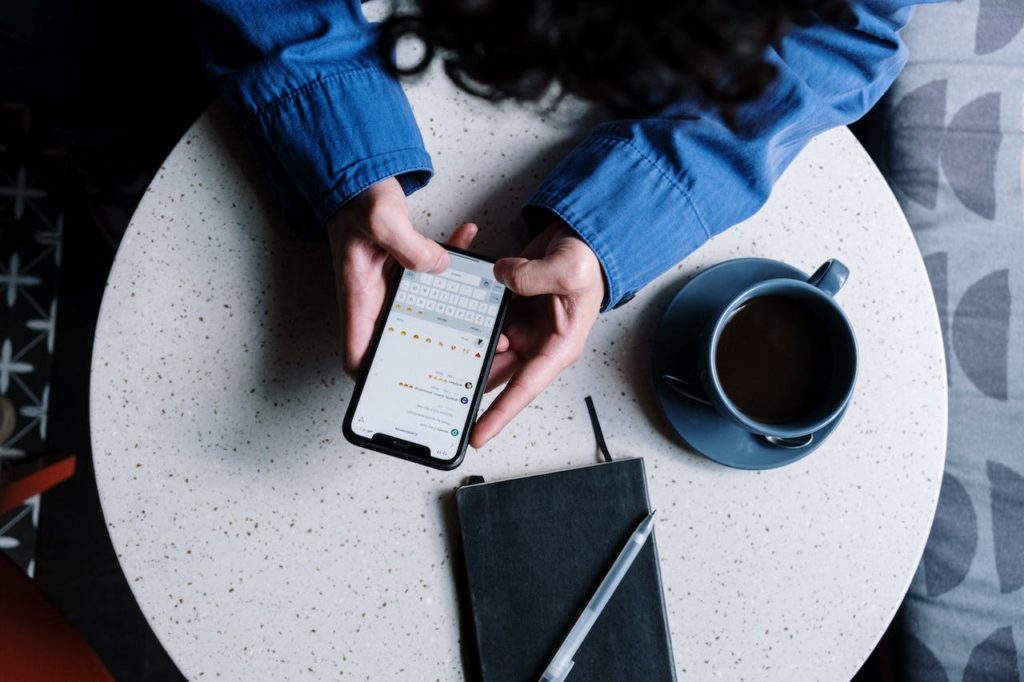
16 Tips for Former Samsung Users New to iPhone:
- Understand the Ecosystem: Apple’s ecosystem is designed for seamless interaction between devices. When you get a new iPhone, consider how it can connect with other Apple products. AirDrop allows you to quickly share files with a MacBook or iPad, while your Apple Watch can unlock your MacBook without a password. Understanding this interconnectedness will enhance your overall user experience.
- Set Up iCloud: iCloud is more than just a storage service; it’s the backbone of data synchronization for Apple users. Create an iCloud account to keep your contacts, calendars, photos, and documents updated in real time across all your devices. Plus, with iCloud Drive, you can access files from any device with ease.
- Learn iOS Navigation: iOS uses a series of intuitive gestures that may differ from those on Samsung’s One UI. Familiarize yourself with the basics: swiping up from the bottom to return home, swiping down from the top right for control center access, and learning the back-swipe gesture can greatly enhance navigation efficiency on your iPhone.
- Use Siri: Activate Siri by holding the side button or using a voice command, and you’ll have access to a range of functionalities. Siri can do everything from setting reminders and making calendar appointments to answering questions and sending messages. Spend some time learning the various voice commands to fully leverage Siri’s capabilities.
- Explore the App Store: Transitioning to an iPhone may mean leaving behind some of your favorite Samsung apps. Delve into the App Store and discover new favorites as well as iOS-exclusive apps. The App Store is curated to provide high-quality apps tailored for your device.
- Backup Regularly: Regular backups are vital for data security. With iCloud, you can schedule automatic backups for your iPhone. Ensure your photos, app data, and settings are regularly backed up to iCloud. If you ever lose your device or need to restore your settings, iCloud makes it simple and quick.
- Transfer Your Data: Moving from a Samsung device to an iPhone is made easier with Apple’s “Move to iOS” app. It will securely transfer your contacts, message history, camera photos and videos, web bookmarks, mail accounts, and calendars, simplifying your transition.
- Get to Know Apple Pay: Apple Pay is a secure and convenient way to make payments using your iPhone. Set it up in the Wallet app by adding your cards, and use it in stores, within apps, or online. It’s accepted in a wide range of locations worldwide and keeps your transaction details private.
- Familiarize Yourself with Privacy Settings: Apple places a strong emphasis on user privacy, with detailed controls over app permissions and data access. Review your privacy settings to manage app permissions, location services, and more to ensure you’re comfortable with the data you’re sharing.
- Understand iMessage and FaceTime: Unlike Samsung, which relies on carriers for texting and third-party apps for video calls, Apple’s iMessage and FaceTime are integrated into the iOS messaging app. These services offer end-to-end encryption for secure communication but remember they only work when communicating with other Apple devices.
- Manage Notifications: Notifications on iOS can be managed with fine-tuned control. Each app’s notifications can be customized via the Settings app, allowing you to select the types of notifications you want to receive and how they are presented, such as on the lock screen or as banners.
- Use the Health App: The Health app consolidates health data from your iPhone, Apple Watch, and third-party apps. It’s a powerful tool for monitoring your fitness goals, tracking sleep patterns, and maintaining medical records, providing a comprehensive overview of your health.
- Learn the Camera Differences: iPhone cameras are known for their simplicity and powerful software. Explore features like Live Photos, Portrait mode, and the High-Efficiency Image Format (HEIC) which offers better compression without losing quality. Experiment with different settings to get the best results.
- Customize Your Control Center: The Control Center on iOS is a hub for shortcuts to various features. Unlike Samsung’s quick panel, you can customize which functions appear in your Control Center by going to Settings. Add shortcuts for anything from the calculator to screen recording for quick access.
- Adjust to Apple Maps: While Google Maps is available on iOS, Apple Maps offers tight integration with the iPhone. It has features like Look Around, which is similar to Google Street View, and the ability to send directions directly from your Mac to your iPhone.
- Discover Shortcuts: The Shortcuts app on iOS allows for automation of tasks similar to Bixby Routines but with a broader scope. You can create personalized workflows that connect your favorite apps and services, streamline daily tasks, and even trigger them with Siri. Explore the gallery for pre-made shortcuts or create your own.
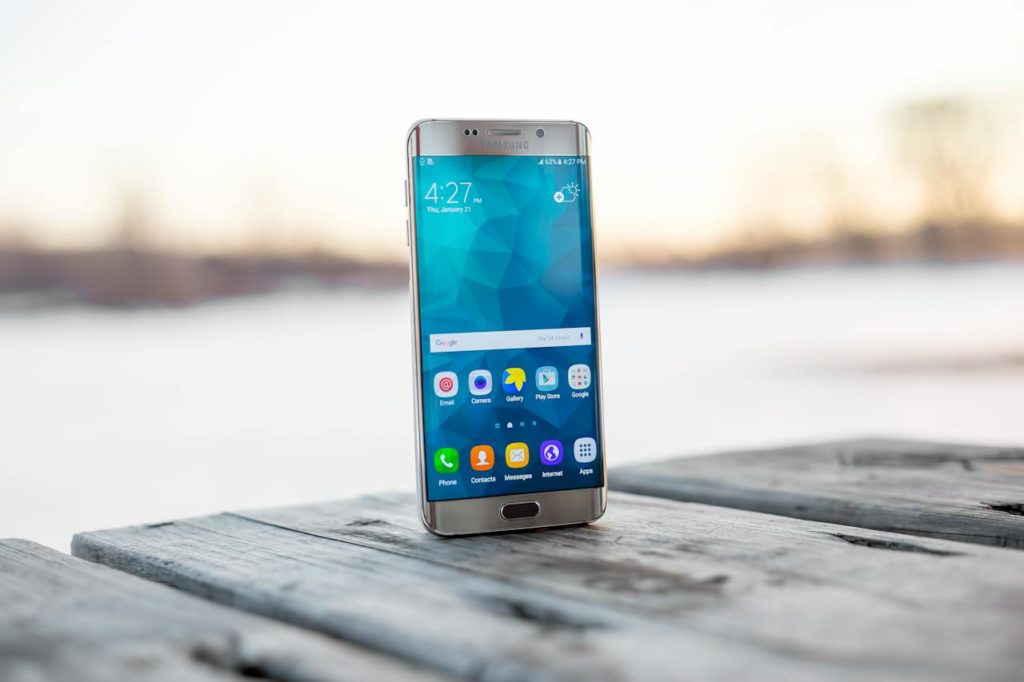
Closing Thoughts
Think of transitioning from Samsung to iPhone as more of an upgrade than a move. It’s quite normal to feel apprehensive about this transition, given the significant differences between both brands. However, this apprehension will soon turn into fascination as you immerse yourself in the intuitive design, advanced features, and prime functionality that iPhones offer. Remember, the key to smooth transitioning lies in understanding how iPhones work and learning to navigate their unique features to your advantage. Embrace this change, enjoy the journey, and welcome to the iPhone experience.

